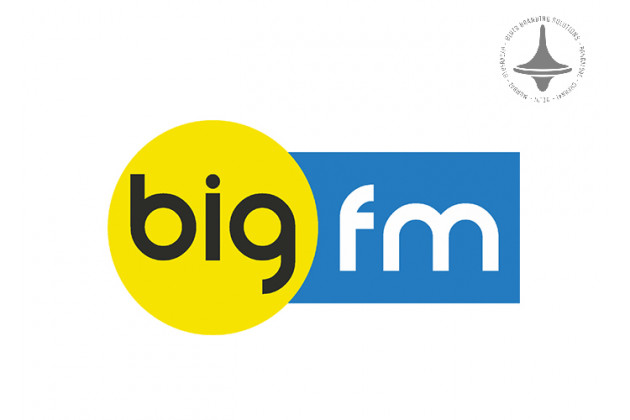Storytelling | TV Commercials | Engaging Audiences | Digitally

In the dynamic world of advertising, storytelling has emerged as a powerful tool to captivate audiences and create lasting impressions. TV commercials, in particular, leverage the art of storytelling to engage viewers, evoke emotions, and influence consumer behavior. From heartfelt narratives to humorous skits, storytelling in commercials has transformed brand messaging, making it more relatable and impactful. This article explores the power of storytelling in TV commercials and its role in shaping brand success.
The Psychology Behind Storytelling in Advertising
Human beings are naturally drawn to stories. Neuroscientific
research suggests that storytelling activates multiple areas of the brain,
making messages more memorable and persuasive. Unlike traditional advertising,
which often focuses on product features and benefits, storytelling fosters an
emotional connection between the brand and the consumer. When a brand presents
a compelling story, it creates a sense of empathy, trust, and authenticity,
ultimately driving customer loyalty.
Elements of Effective Storytelling in TV Commercials
To craft a successful TV commercial, advertisers incorporate
essential storytelling elements that resonate with the audience. These include:
1. A Relatable Protagonist
A strong character who represents the brand’s values and
mission helps viewers connect emotionally. Whether it’s a determined athlete, a
loving parent, or a humorous mascot, the protagonist should evoke feelings that
align with the brand’s message.
2. A Compelling Conflict
Every great story has a conflict or challenge that needs to
be overcome. In commercials, this could be a problem the product solves, such
as a stain-resistant fabric in a detergent ad or a fuel-efficient car in an
automotive commercial. The conflict keeps viewers engaged and makes the
resolution more satisfying.
3. Emotional Appeal
Successful TV commercials tap into emotions such as
happiness, nostalgia, humor, or inspiration. Emotionally charged stories are
more likely to be shared and remembered, enhancing brand recall.
4. A Clear Resolution
A good story has a resolution that ties back to the brand’s
message. Whether it’s a happy ending or a thought-provoking call to action, the
resolution should reinforce the brand’s value proposition in a meaningful way.
5. Visual and Auditory Impact
TV commercials have the advantage of combining visuals,
music, and sound effects to enhance storytelling. A well-chosen soundtrack,
expressive cinematography, and compelling dialogue can elevate the emotional
impact of the ad.
Iconic Examples of Storytelling in TV Commercials
Several brands have mastered the art of storytelling in TV
commercials, creating unforgettable campaigns:
- Coca-Cola’s
“Share a Coke” Campaign – This campaign personalized storytelling by
featuring names on Coke bottles, encouraging consumers to share their
experiences and create their own stories.
- Nike’s
“Just Do It” Ads – Nike consistently tells inspiring stories of
athletes overcoming obstacles, reinforcing their brand identity of
perseverance and excellence.
- John
Lewis Christmas Ads – These UK holiday commercials tell heartwarming
stories that resonate with viewers, making them eagerly anticipated each
year.
- Dove’s
“Real Beauty” Campaign – By sharing real stories of self-acceptance,
Dove challenges beauty stereotypes and builds a strong emotional
connection with its audience.
The Impact of Storytelling on Brand Success
When storytelling is effectively integrated into TV
commercials, it can significantly impact a brand’s success in multiple ways:
- Enhances
Brand Recall – Viewers are more likely to remember a brand that tells
a compelling story rather than one that simply lists product features.
- Builds
Emotional Connections – Emotional storytelling fosters brand loyalty
by making consumers feel connected to the brand’s values.
- Encourages
Social Sharing – A well-told story has the potential to go viral,
increasing brand visibility and engagement.
- Drives
Consumer Action – A powerful narrative can inspire consumers to take
action, whether it’s making a purchase, supporting a cause, or engaging
with the brand on social media.
Conclusion
The power of storytelling in TV commercials lies in its
ability to forge meaningful connections with audiences. By incorporating
relatable characters, emotional depth, and visually captivating narratives,
brands can create commercials that leave a lasting impression. In an era where
consumers are bombarded with advertisements, storytelling offers a unique and
effective way to cut through the noise, inspire action, and build brand
loyalty. As the advertising landscape continues to evolve, storytelling remains
a timeless and indispensable strategy for brands looking to make an impact.
Elyts Advertising and Branding Solutions | www.elyts.in (India) | www.elyts.agency (UAE)






















Leave a Comment